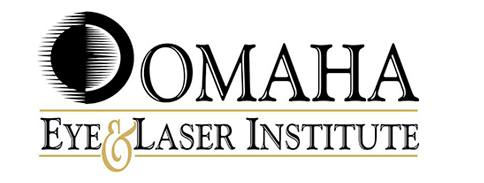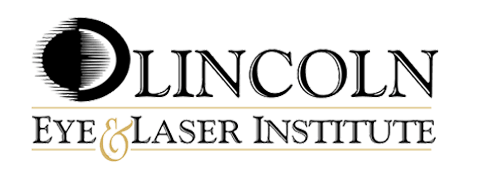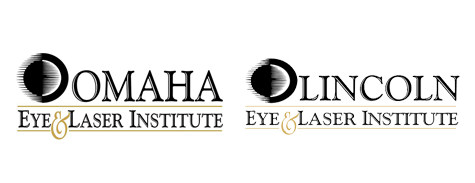
Do you have presbyopia? This eye condition affects your ability to focus on up-close objects.
It’s a common condition in adults over the age of 40. Over 100 million American adults have presbyopia.
It is a normal part of the aging process. Presbyopia occurs if you’re nearsighted, farsighted, or have astigmatism.
The most common effect of presbyopia is losing part of your “reading vision”. This makes working on a computer screen, completing paperwork, and reading difficult.
Treatment for presbyopia is simple. Over-the-counter reading glasses can temporarily increase your vision.
If you want a permanent solution for your presbyopia, you will need to undergo a refractive lens exchange. This procedure replaces your natural lens with an artificial lens. This artificial lens is called IOL.
A refractive lens exchange is almost identical to having cataract surgery. The biggest difference is that many patients choose to have it before they have cataracts.
When you have a refractive lens exchange (RLE) you’ll also avoid having cataract surgery later on. Keep reading to learn more about refractive lens exchange and presbyopia!
Presbyopia Symptoms
For most patients, presbyopia is something that develops slowly. The first sign of the condition is needing to hold objects at a distance to see them clearly.
Do you need to hold a book or your smartphone at a distance to see it clearly? You may have presbyopia.
This is especially true if you are nearsighted. Do you experience eye strain or headaches when you try to focus on up-close objects?
Do your eyes feel tired after reading or completing work on the computer? These are other common symptoms of presbyopia.
Causes of Presbyopia
Presbyopia is natural in aging eyes. As your eyes age, so does the lens of your eye. Before turning forty, the lens of your eye is soft and elastic.
This allows it to move and stay flexible. This flexibility allows you to see objects clearly at both near and far distances.
As you age, your lens becomes thicker and harder. This limits its flexibility.
The muscles that control the elasticity of your lens also lose their strength. This causes presbyopia and limits your reading vision.
Presbyopia Treatment
Treating presbyopia is simple and effective. Over-the-counter reading glasses are a temporary solution.
This is good enough for many people. Other people treat their presbyopia using bifocals or progressive glasses.
Multifocal and monovision contact lenses are options if you don’t want to wear glasses. If you’re looking for a permanent way to treat your presbyopia, you’ll need to have a refractive lens exchange.
Refractive Lens Exchange
Having a refractive lens exchange will permanently correct your presbyopia. To do this, your surgeon removes the natural lens of your eye.
It’s replaced with an artificial lens. This is known as an intraocular lens or IOL. There are several different types of IOLs.
RLE uses a multifocal IOL. This corrects your vision for both near and far distances.
Refractive lens exchange can be performed on one or both of your eyes. Having RLE on both eyes is the most effective way to correct your presbyopia.
Schedule an Appointment
Ready to correct your presbyopia for good? Having a refractive lens exchange can do just that.
The first step is a consultation with your eye doctor. Schedule your consultation today with Omaha Eye & Laser Institute in Omaha, NE!





